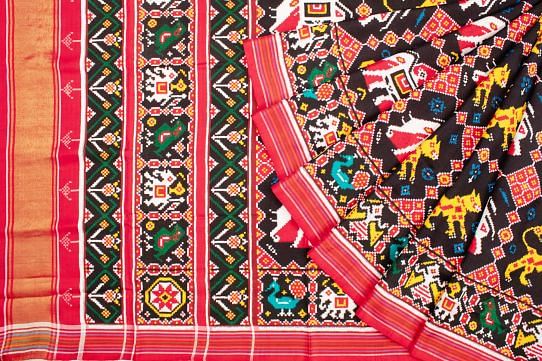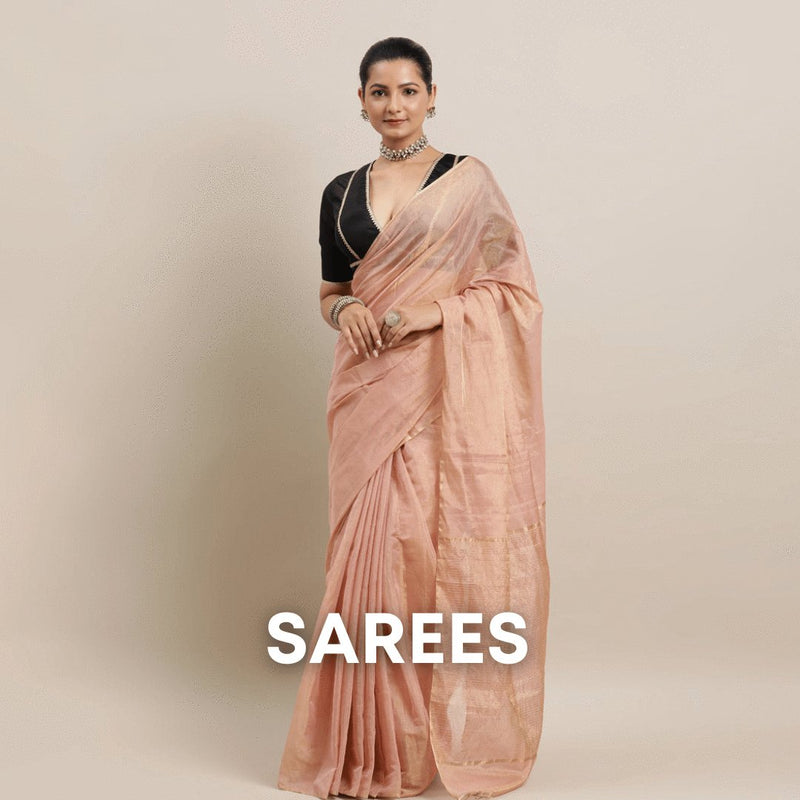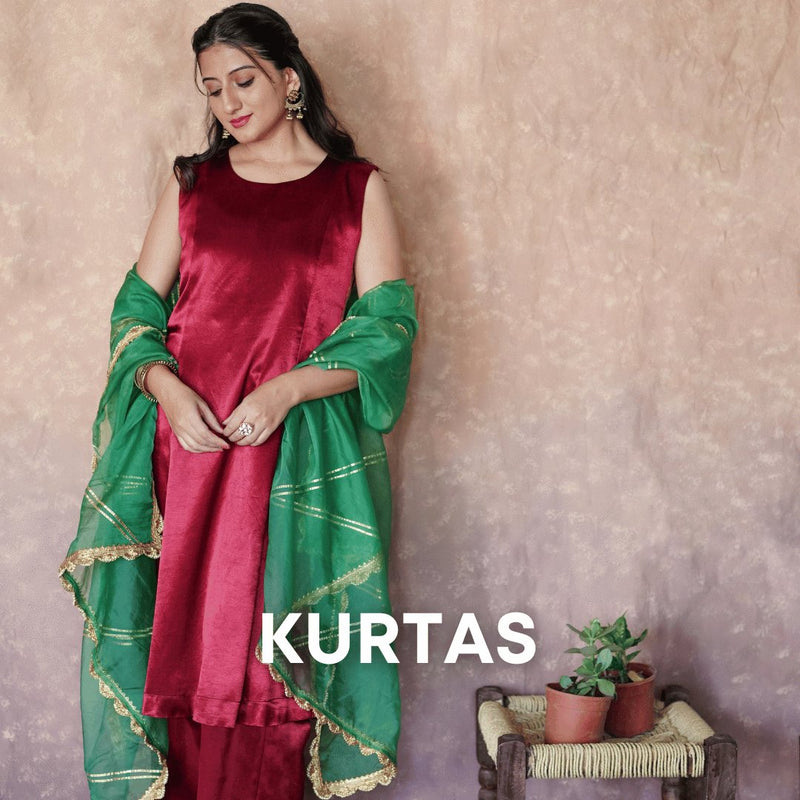If your tryst with sarees has just begun, chances are you do not know how Powerloom and Handloom sarees differ. We are jumping in for an education session to help you know your sarees better. This one is going to be a lecture and a half, so consider yourself warned.
A loom is a device used to weave thread or yarn into cloth. There are various kinds of looms made up of different materials, sizes and shapes. The most important distinction of these is the amount of human intervention required. Essentially both power loom and handloom are methods of weaving threads into cloth. Handlooms, as the name suggests, are operated by the hands of skilled craftsmen. Power looms are mechanical and require very little human intervention.
Differences you might find between handloom and power loom sarees:
- To the touch: Handlooms sarees are softer to the touch due to the loose weaving process, as opposed to power loom sarees which are stiffer due to compact machine weaving.
- On the other side: The inner side of handloom sarees is often a perfect replication of the saree which is not the case with power looms. Power loom sarees might have hanging threads on the inner side since they cannot be woven in by the machine.
- For the wallet: Each handloom saree is woven to perfection by hand. For some types of handlooms, the weaving patterns are only passed down from one generation to another in a family. The weaving process itself, depending on the intricacy of each saree, takes anywhere between a couple of weeks to months to finish. All of these combined make handlooms far more expensive than power looms that can be mass-produced.
- With the variety: Handlooms are produced by skilled artisans that weave minute details into each cloth or saree produced. Ergo, each saree is unique with the artisan's signature weave. Some weaving techniques are also unique to handlooms and cannot be replicated by power looms. The limited number of each design produced makes most handlooms couture. Since machine woven clothes and sarees have a preset "design" for the power loom, all the material produced is identical.
If you're on a budget with a love for sarees, power looms are the way to go. But if you're splurging on pieces that will turn into heirlooms, handloom sarees are always our recommendation. With that, let us take you through some of the most famous handloom sarees in India that deserve a place in your wardrobe:
Kanjeevaram Silk Saree
Kanjeevaram or Kanchipuram silk sarees are exquisite handlooms produced in the Kanchipuram district town of Tamil Nadu. What makes them unique is that the border, the pallu, and the body of the saree are 3 different patterns or colors that are woven separately and interlocked in the end. A Kanjeevaram Silk saree is adorned on special occasions in most southern states of India.
Tamil Nadu is also famous for its Chettinadu cotton sarees and Madhurai cotton sarees.

Banarasi Sari
The charm of a red Banarasi Silk saree needs little explanation. A staple at Bengali weddings, the traditional Banarasi Saris are made of pure Katan silk and are characterised by their soft texture and plain weave.
Tussar Silk
Tussar Silk sarees, also known as "wild silks", are mostly produced in Jharkhand. Unlike most silkworms that feed on Mulberry, Tussar silks are made from silkworms that grow in the wild in forests. They are woven by skilled tribal women and have a natural subtle gold sheen to them.
Baluchuri saris
Baluchari sarees are famous for motifs of depictions from the epics and mythology that are woven into the saree. They originate from the Baluchari village of Bangladesh and are popular in West Bengal.
Chanderi sarees
Chanderi sarees originate from the town of Chanderi in Madhya Pradesh. They are woven with silk threads and golden zari in a traditional cotton yard which gives them a shimmery appearance. They are extremely lightweight and easy to drape.

Paithani Saree
Paithani sarees originate from the Paithan region of Maharashtra. A unique weaving technique makes both sides of the saree identical, including the Pallu, with no loose hanging threads. They are also traditionally made with vibrant colours.
Mysore silk
With Mysore being one the largest producers of mulberry silk in the country, it is no surprise that Mysore silk sarees are extremely famous. The Zari of an original Mysore Silk saree contains 65% pure silver and 0.65% of gold, making it one of the most expensive silk sarees in India.
Patan Patola
Patola weave is a great example of an intricate weaving technique that is passed down from generation to generation in a family. Originating in the Patan region of Gujarat, the Patola double ikkat weave is complex, stunning and artful. The cloth is tied and dyed to form a pattern that is colourful and unique.
Bandhani, which also requires a tie-dyeing process, is famous in Gujarat, Rajasthan and Punjab.

Dharmavaram Pattu Sari
Arguably the most famous of handlooms from Andhra Pradesh, traditional Dharmavaram "Pattu" sarees are made from Mulberry Silk with gold and silver Zari.
Andhra Pradesh is also home to a number of other beautiful handloom varieties like Uppada Saris, Kalamkari prints, Venkata Giri Cotton Sarees and Mangalgiri Cotton Sarees.
Gadwal Sarees
Gadwal sarees are a handwoven and artistic blend of cotton and silk, originating in Gadwal village of Telangana. The body of the saree is made with cotton while the pallu and border are made with mulberry or tussar silk. Gadwal sarees are elegant, lightweight and perfect for the summers.





